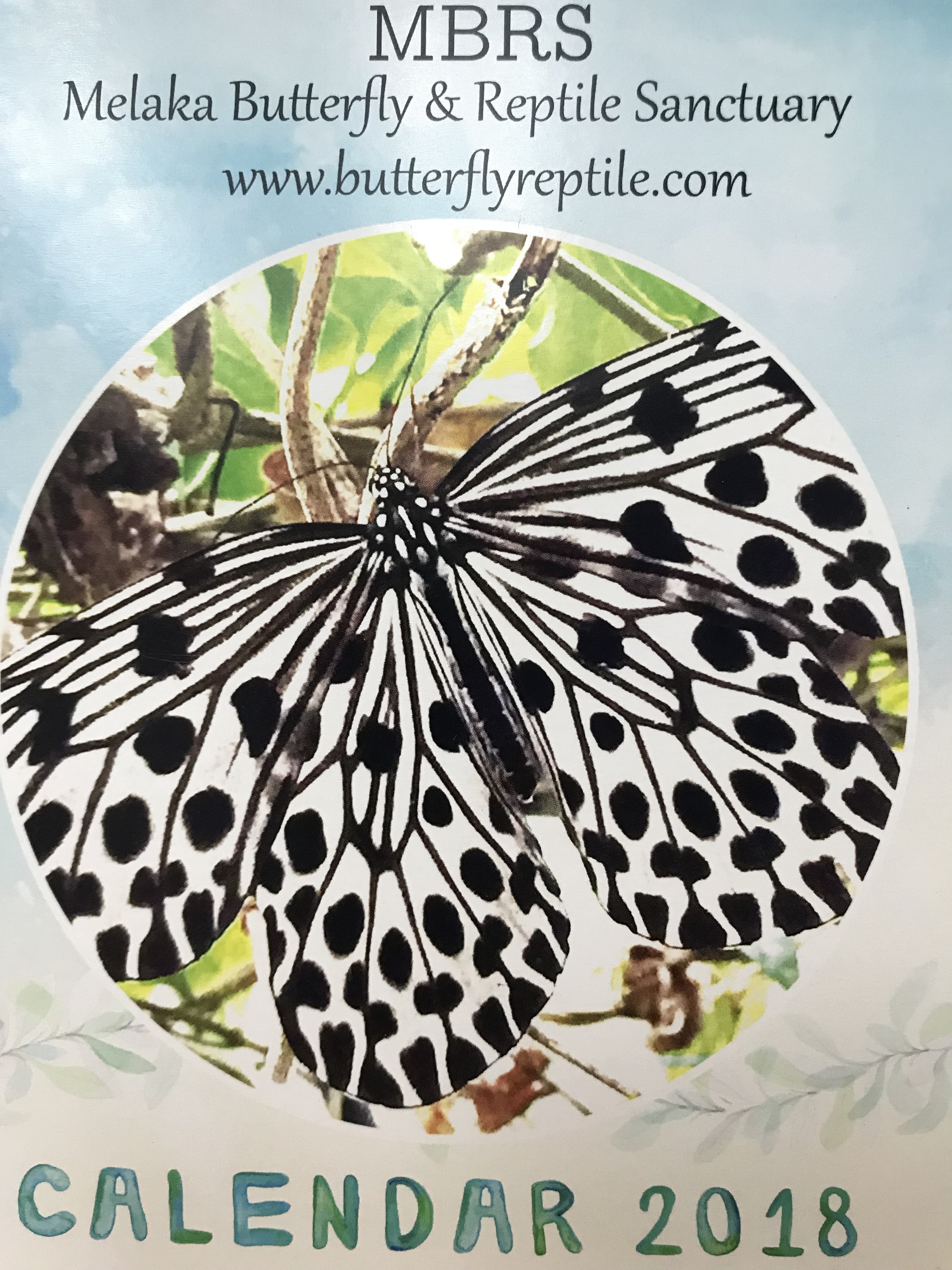THE JOURNEY OF MALAYSIA TREE NYMPH BUTTERFLY
by Gerard Wong (1 May 2020)
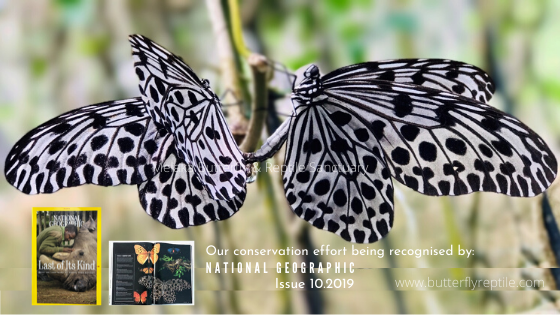
This article: “The Journey of Malaysia Giant Tree Nymph Butterfly” was written by Gerard Wong, the Managing Director of Melaka Butterfly & Reptile Sanctuary. The purpose of this article is to create awareness on the Malaysia Giant Tree Nymph Butterfly and to highlight the sanctuary’s conservation efforts pertaining to the species. From many bleak moments to rays of hope, countless hardships were encountered en-route to becoming the breeding center the sanctuary is known for today. With research and breeding work near completion for the species, we hope to sustain the Malaysia Giant Tree Nymph Conservation project through fund raising. It is our intention that eventually, a constant number of Malaysia Giant Tree Nymph butterfly will be released back to nature on a long term basis.
Be the GUARDIAN of Malaysia Giant Tree Nymph by donating here
THE FIRST EGG...
It was November, 2011 in one of the observation nurseries remotely located within the Butterfly & Reptile Sanctuary, Melaka, Malaysia. There, 9 units of native plants Aganosma sp. were already grounded for 2 years leading up to this venture. These plants were shortlisted among hundreds of other plant species and served as the potential host plant for the Malaysian Giant Tree Nymph – one of the most beautiful butterflies in Malaysia. Aganosma sp. was singled out as the potential host plant for the butterfly after 4 years of intensive research and untiring field observations in the wild where these butterflies roam.
It was already near dusk that day with rain that just eased a few hours back leaving an ambient temperature within the nursery, warm with humidity level reaching 90%. I was all alone, tailing a single, large female butterfly for the past 3 days, anxiously hoping that it would lay an egg – one that would eventually offer lepidopterists around the world an insight into the most hidden secret of metamorphosis cycle. Here, identifying the host plant was mission-critical. The female butterfly holds the key to the rightful answer on the selected host plant. This is because for every species of butterfly, females lay eggs only on the specific host plant – a rule dictated by nature ever since the origin of Lepidoptera was recorded. Hence, anyone eager to breed the butterfly would need to first identify its host plant!
Days passed without success. The hope of the female laying eggs was quickly diminishing and the joy of observing the butterfly flying was fading away gradually. I was confused and demotivated. The thought and fear of providing the wrong plant for the butterfly was looming. Should the female fail to yield any eggs, it would be devastating news for the entire laboratory team. I was wet, exhausted, and disappointed at the same time, but perfectly aware that I would have to prepare myself mentally to face yet another round of failure.
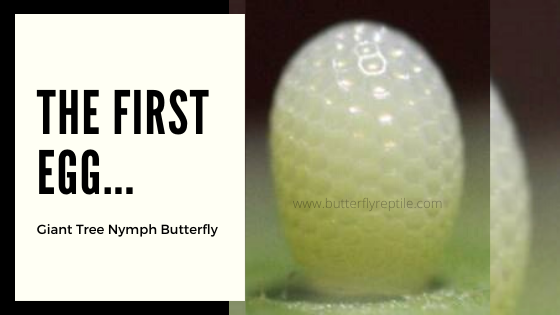
At 6:35pm, the female butterfly was feeding relentlessly on the artificial nectar which was placed on the nursery floor. To my surprise, it departed suddenly from the feeding dish and manoeuvred itself towards some new shoots of the vines at around 7ft level. There, it positioned its abdomen towards a very young leaf as if it was about to lay an egg. I froze and held my breath in anticipation. The world seemed to have stopped at that moment. Adrenaline rushed throughout my body as I stood barely 1 foot away from the female. “Can this be the moment?” I asked myself!
Indeed! The first egg! Part of the metamorphosis cycle was revealed when the butterfly laid its first ever egg. Success! It was a breath taking moment! Emotion ran high in me with full intensity. Like a football star who had just scored a goal running straight to the sideline for a celebratory huddle, I was shouting in joy, laughing, jumping and running around within the nursery. The difference of course, I was all alone surrounded by vines of the now confirmed host plants instead of thousands of spectators as would be the case in a football match. The next moment I realised, I was hugging those vines and caressing the leaves coming out of them whispering “thank you, thank you!”After carefully removing the single egg laid and I placed it in a petri dish, I ran straight to my office where Elaine – my wife, was waiting for me. “Honey! The butterfly laid an egg!” Elaine shared my excitement! Tears filled our eyes. The mood was jovial. Our imagination was running far and wild with the thoughts of breeding thousands of them in the future for exhibition and education programs within the sanctuary. More importantly, by releasing them back to the environment as part of our mission being a premier conservation center. It was a magical moment crystallised in our memory till to date. Little did we know that mass breeding the butterfly would require us to embark a painful journey for the next 9 years, albeit one which full of wonderful experiences!
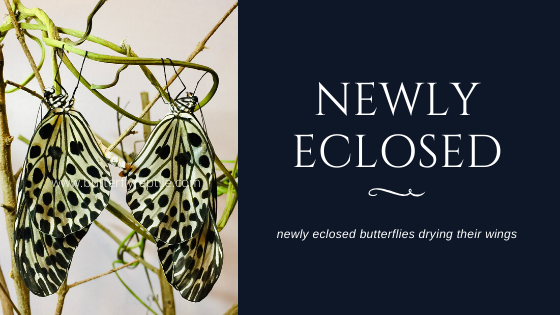
THE FIRST ENCOUNTER
Malaysia Giant Tree Nymph butterfly or its scientific name Idea lynceus, is a species of nymphalid butterfly in the Danainae subfamily. It is native to the Malaysia rainforest. With a wingspan up to 165mm, it is one of the largest butterflies in Malaysia. Due to its stunning appearance, the species is frequently hunted by hobbyists to be mounted as specimens for sale. As it is a relatively rare butterfly, Malaysia Giant Tree Nymph is currently being protected by the Malaysian Wildlife Conservation Act 2010.
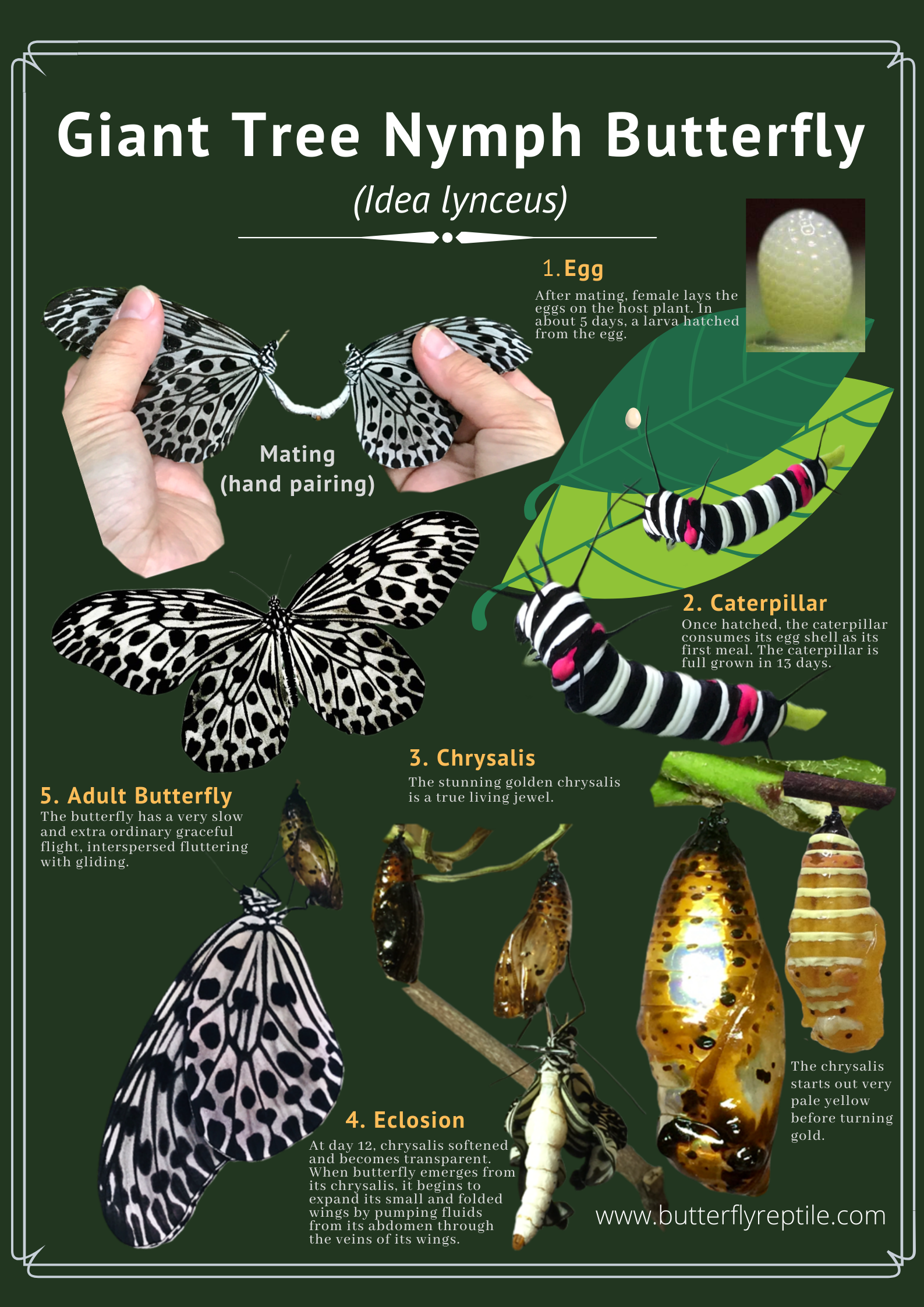
My first encounter with the Malaysia Giant Tree Nymph took place when I was 14 years old. Walking down the memory lane, it was just a few days before the scheduled opening of the sanctuary to the public on the 1st February, 1991.
A young boy at that time, my day was filled with excitement in anticipation of seeing hundreds of butterflies that were scheduled to arrive here that day. It was already late in the evening. The styrofoam box which contained the butterflies finally made its way here at around 9:00pm. Within the styrofoam box, several hundred of butterflies were being enclosed individually, each within a triangular envelope. They were arranged in several rows separated by the top and bottom layer. A bottle of ice wrapped in newspaper was included at the lower part of the box producing a cool ambient temperature within it. It was my first time seeing so many butterflies at one time, and witnessed how live butterflies were being transported within the industry. Without delay, we sprang into action. Sitting beside me was my father, Beng – the founder of the sanctuary.
Malaysia is a blessed country with a rich biodiversity. The box which contained the butterflies exhibited a rich combination of colors representing many different species of butterflies from the country's rainforest. Despite the rich showcase of colors shown by the rows of butterflies, there was one particular envelope which caught our attention, but not because of its brilliant color, rather, its projection of nature’s version of black and white and the pure size of the insect. It was the Malaysian Giant Tree Nymph.
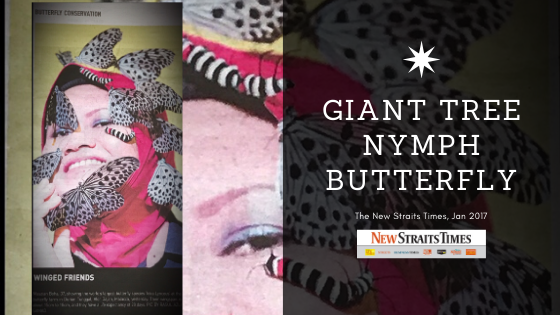
I opened up the envelope and placed the butterfly on my palm. Within a few seconds, the giant took off from my hand and flew towards some trees within the aviary. I was amazed to see the Tree Nymph butterfly but was equally impressed and quickly distracted by many other “giants” that were included in the parcel including the Malaysian Yellow Birdwing (Troides helena) and Rajah Brooke’s Birdwing (Trogonoptera brookiana). It was almost 11:00pm when all butterflies were set free. Since it was very dark with no lighting infrastructures within the aviary itself, the sighting of butterflies was cut short. It was an unforgettable night for me – one which was filled with excitement and discovery.
It wasn’t too long before the founder realised that live butterflies that were sent here did not live a long life in the aviary. In fact, they lived a short time with at least 50% of casualty rate. This as we would find out later was partly due to the long hours spent in delivery while stress sustained by the butterflies while being enclosed within the envelopes contributed to the high mortality rate too. Others, unable to fly properly upon being released, became the predation target of frogs, ants and lizards which were in evidence in the aviary.

As a result, the number of butterflies within the aviary dwindled very quickly. The shortfall of butterflies in the display was constantly being replenished by more buying – a common practice among the many butterfly gardens around Malaysia at that time. After all, it was an era where society awareness on butterfly conservation was low. With only a handful of species being listed under the protection list, enforcement was rarely being carried out. In fact, it was never the intention of the sanctuary to engage in any form of butterfly breeding activity at point of inception, possibly due to the lack of skills and or information on butterfly host plants required for breeding. With information technology at its primitive age in Malaysia at that time, knowledge in butterfly breeding was hard to come by.
Industry leaders were tight lipped where confidentiality of host plants and breeding methodology were fiercely guarded. Without the magic spell that will enable the sanctuary to breed its own butterflies, the practice of procuring live butterflies from insect dealers went on for a number of years. It was no wonder that in the early days of the sanctuary, it was known only as “Melaka Butterfly Park & Museum”. All this was about to change in 1995 when the Sanctuary received a very special visit from a man whose name was Paul Wright – the man that would ultimately empower the transformation of the butterfly park into an operational sanctuary.
A STRONG FRIENDSHIP WAS FORGED ALMOST INSTANTLY – ONE THAT WOULD PROVIDE THAT GAME CHANGER REVITALIZING BUTTERFLY BREEDING PLAN HERE IN MALAYSIA.
Paul Wright was the founder of The Australian Butterfly Sanctuary in Queensland, Australia – a renowned sanctuary with an outstanding track record of butterfly breeding and conservation including some of the world’s most magnificent species such as the Ulysses butterfly (Papilio ulysses) and the largest butterfly in Australia – Cairns Birdwing (Ornithoptera euphorion). In a time when all doors were shut on the butterfly breeding experience, Paul Wright’s benevolent character and enthusiasms for butterfly breeding quickly inspired the founder. A strong friendship was forged almost instantly – one that would provide the game changer revitalizing butterfly breeding plan here in Malaysia. Within the next few months, Karen – my elder sister was mobilised to the butterfly breeding laboratory at the Australia Butterfly Farm. She was given intensive training pertaining to the subject by Paul Wright himself. In the following year, a full scale butterfly breeding laboratory emulating that of Australia Butterfly Sanctuary's breeding laboratory was erected here. It was around this time that Butterfly Park and Museum” was renamed “Melaka Butterfly & Reptile Sanctuary”.

Photo taken in 1995. From the left: Mr. Paul Wright, Beng (The Founder), Sue (Paul Wright's wife), Mr.Chua
All was just as it should be, with the sanctuary ambitiously recruiting many laboratory staff for butterfly breeding when sorrow struck. The 1997 Asian Financial Crisis caught up with the sanctuary leaving it with huge amount of financial debt. Unable to repay its loan in a timely manner, the year marked the beginning of a decade long battle with creditors and financial institutions. The sanctuary was brought to the brink of collapse. Butterfly breeding was suspended and the breeding laboratory was closed having operated merely for a brief period. Laboratory staff were retrenched.
It was 2001 when I returned home after completing my tertiary education in Perth, Western Australia. Aged 24, I was working for a relatively short period with KPMG as an auditor. It was already 4 years since the Asian Financial Crisis first struck. The sanctuary was still embroiled in litigations with major creditors. In an attempt to rejuvenate the sanctuary, I left the auditing profession and joined the sanctuary’s team. It was a new journey for me!
Restructuring exercises that involved substantial amounts of debt was indeed a very demanding job. Negotiation with unforgiving creditors and attending court cases filled by bankers were all part of my daily routine. One afternoon, overwhelmed by creditors demand, I decided to take a break from my desk to regain my composure after a long day of negative progress. I walked around the unutilized lands at the back of the sanctuary, alone, depressed and unhopeful. My mind was recovering from the distress and shock pertaining to a court order secured by a financial institution to auction the sanctuary. Yes, an auction that would be held within the next few months!
As I was rambling around the beautiful landscape, above the clear blue sky, a huge butterfly was flying at an altitude around 15ft level. It had a very slow and extraordinary graceful flight, interspersed fluttering with gliding. It was unmistakably the Malaysian Giant Tree Nymph with its most exquisite flight on display. With big wings and a relatively tiny body, the female was virtually “floating” in the calm air prompting the feel of space, relaxation and freedom, a direct contradiction on the sober mood in my mind at that moment.
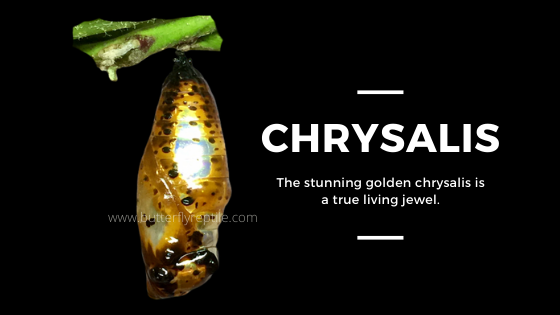
It was really awe-inspiring! Impressed and deeply in love with this gentle giant, my motivation returned and my soul was re-energized! The connection was instant. I knew I had to uncover the secret behind this giant butterfly and to see it reproduce. I could almost hear voices calling from my heart to make the species available for every Malaysian to see. Most importantly, to ensure the species continue to fly indefinitely in the future.
In 2006, the founder passed away in the sanctuary. Being the rightful heir, I was taken as the new Managing Director at the age of 29. My immediate assignment was to complete the financial restructuring works for the sanctuary. Fortunately, within the next few months, half of the sanctuary’s land was disposed off, the proceeds of which was used entirely to fulfil the claims of all creditors. It was an agonizing but necessary decision to end the massive, wasteful and unproductive litigations all those years. With the financial woes haunting the sanctuary finally resolved, rays of hope began to shine. The butterfly laboratory was reopened and new laboratory staff joined in the team. At this moment, Malaysian Giant Tree Nymph aspirations were reignited.
Many said love is contagious! It wasn’t too long before many within the sanctuary began to adore the giant butterfly. The growing passion towards the species galvanized the team into action. The mission became sanctuary-wide and was incorporated as part of the objectives of butterfly laboratory. Efforts to identify the specific host plant were intensified. Yet, information pertaining to the breeding behaviour of the subject was still nowhere to be found. As a last resort, the team embarked on a series of trial and error experiments putting existing plants which were already accepted by other Danainae species to test. All were futile with failure after failure recorded over the next 5 years. The letdown was reaching the breaking point! The giant butterfly had been entirely successful in its clandestine plan to foil our attempt towards discovery!
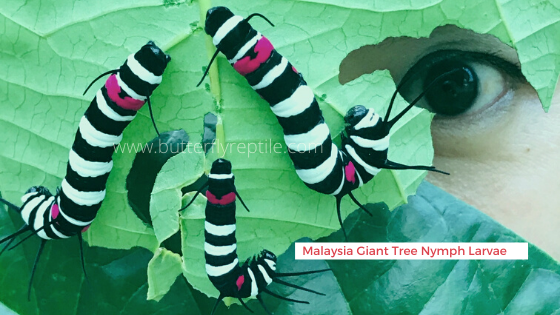
Back at the observation nursery, the journey took a dramatic turn. With the first egg of Malaysian Giant Tree Nymph finally being laid in November, 2011, the great wall hindering the discovery cracked. Immediate tasks emerged to prepare sufficient host plants before any attempt to raise the larvae can begin. With only 9 units of Aganosma sp. on hand in the nursery, they were trimmed down into producing more than 200 cuttings for propagation, using soil as the medium. The ambitious move was quickly met with a new wall of planting technicalities. Nature had imposed the strictest test to propagate the host plant. Only 2 from the cuttings made it through the first month and it would be half a year before another wave of cuttings can be initiated. This was necessary to allow the mother plants time to recuperate.
As the saying goes, “one cannot be a lepidopterist without being a horticulturist”, or perhaps it was nature that has been unkind to anyone who can’t dance to its rhythm! It was 6 months later when the 2nd attempt was made to propagate. This time, it involved 150 cuttings which were placed under the shade net within the nursery itself where the host plants were grounded. It was Monsoon season in Malaysia. Regrettably, conditions of the nursery were rather primitive of the standards required as with any modern green house setups. As the malicious rain water charged through the shade net continuously, cuttings turned black and rotted in the saturated soil devoid of air. It was a complete disaster. I shut my eyes in anguish and found a great deal of empathy for the mother plants which were downed to near wipe-out level. The plants can no longer yield within a short period of time. The mission came to complete standstill.
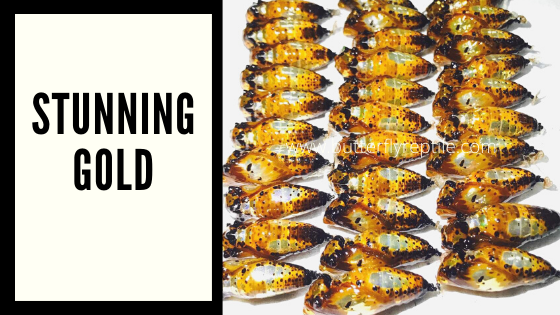
Late that year, after running through my contacts on plant traders and upon recommendations, I made the acquaintance of an exotic plant dealer from Pahang, 270km from the sanctuary in the Northern-East region of Malaysia. He had a solid credentials in supplying quality exotic plants in the country. Discussion was quickly initiated and a contract was sealed almost immediately. Delivered in small batches of about 80 plants each trip using his 4x4 pick-up truck, a total of 500 plants were sent here by mid of 2012. These plants consist of single vine cutting approximately 6” tall with few tiny leaves growing on them. They were grown in small polybags.
A staggering RM30,000 fee was incurred over the period and paid off in instalments. With the plants on hand, unused lands behind the sanctuary were bulldozed to make way for them. The young plants were arranged in rows, each with its own 90% shade net. Farmers were briefed on the importance of the plants and were deployed to nurture them. Everything went well. By 2015, the vines had achieved vigorous growth attaining a height of 4ft level with dense leaves. There were so many leaves that they even concealed the wooden structures supporting the vines. It was about to bloom with flowers.
One morning at around 10am, I received a call from my laboratory staff, Shyikin – a call that would soon send shock waves throughout the sanctuary. In a panicked voice, she summoned me to the sites where the plants for the Malaysian Giant Tree Nymph were growing for over 3 years. It was a beautiful morning with the sun peeping over the treetop. Nothing seemed unusual as I walked towards the plantation sites. From a distance, I could see flowers of the plants wavering in the soft morning breeze. The vine were blooming for the first time in 3 years. I was equally amused simply by looking at the rather beautiful scene of white flowers blossoming excessively all over on the wooden structures where the vines were tied loosely with twine. There, 7 laboratory staff waited anxiously for my arrival. Pointing at those white flowers, the ladies directed my attention on the blossoms. My heart stopped and my mind went empty.
Upclose inspection revealed an entirely different structure of the flowers, nothing like those I had seen on the plants where the butterfly had laid its egg at the back of the nursery! We’ve got the wrong plants! It was a terrible mistake! The catastrophic blunder was a double whammy which had cost years of lost time in planting on top of the huge bills on plant purchased and planting accessories. Later that day, farmers gathered on the sites. Plants bearing the undesired flowers were singled out with their vines pulled down. It was a heart-breaking moment. The sights of beautiful blossoms were fleeting. At the blink of an eye, everything turned into dust.
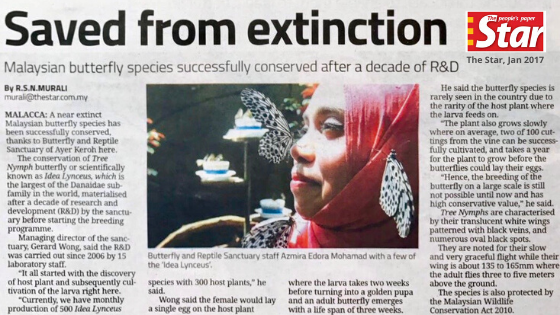
Close to 400 plants were discarded! The remaining were spared as they bear flowers closely resembling Aganosma sp. When torn, the leaves had the usual sour-sweet scent similar to it. The only differences however, were the overall bigger flowers and leaves which are darker green, wider and thicker. The struggles continued as one of the most dramatic events took place few months later. 6 larvae of Malaysian Giant Tree Nymph were introduced to these “new” plants to ascertain if they could feed on it and bingo!
After years of agonizing wait, larvae were seen feeding on the leaves! It was a relief! Within days, 3 of them completed the metamorphosis and became butterflies. The new plant must have been a subspecies of the Aganosma sp. that we were searching for all these years. This is evidenced as the butterfly readily took it as its host plant! The new development immediately propelled the plant to become the catalyst for the breeding project at a whole new level!

It was an important discovery, so important that all subsequent mass breeding of Malaysia Giant Tree Nymph were done using leaves from this new species of host plant. One of the advantages of the newly discovered plant was its relative ease of propagation. Combined with improved propagation techniques, many new plants were quickly secured! With an abundance of host plants, small scale breeding finally began in 2017.
To date, after more than a decade since the encounter with the gentle giant, Malaysian Giant Tree Nymph lives in my soul. At the same time, the sanctuary has since become the only place on earth mass breeding the species. Yet, while thousands of butterflies had been bred successfully leading up to the year 2020, many questions remained unanswered. Mortality of the Malaysia Giant Tree Nymph’ larvae continued to be high at approximately 30%. Perhaps it could be due to the utilization of the subspecies host plant rather than the favoured predecessor where the butterfly laid its first egg back in 2011.
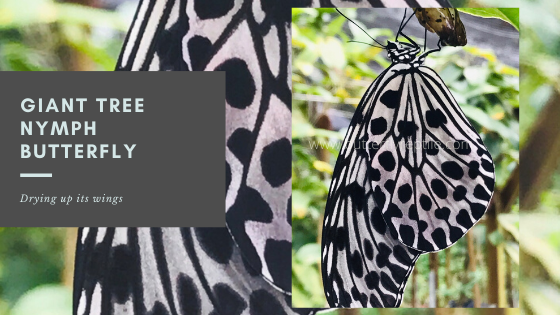
Still growing well in the same old nursery more than a decade ago, the latter is keeping its secret of propagation which is well-nigh unintelligible to farmers here till this date. On the other hand, it could also imply flaws in relying on existing methodology to raise the larvae which are weak and slow to adapt to shocks when compared to larvae of other species. This could perhaps shed some light on the rarity of the species in the wild.
To date, I take pride in my work, particularly as a lepidopterist working in a blessed country with its rich biodiversity! Since the inception of the idea to embark on a journey of discovery for Malaysia Giant Tree Nymph butterfly, I had been teleported into one of the trickiest game of hide-and-seek nature imposed. From many bleak moments to rays of hope, countless hardships were encountered en-route to becoming the breeding center the sanctuary is known for today.
Yet, nature continues to test our faith and patience, for it will only reward individuals who are worthy of its respect, with its most rigidly kept secret of the giant butterfly. We have no choice but to continue quest for answers and to develop the fine dance of keeping up with nature in order to achieve the honor of guardian of this rare species. Today, with many previous sites where host plants of this butterfly thrived turned into commercial farming grounds, the time will come where we shall rage wars against the invisible hand of commercialization. After all, it is the most competent guardian that nature has been training all these years that it will deploy to ensure Malaysian Giant Tree Nymph continues to always roam the skies above Malaysia!
